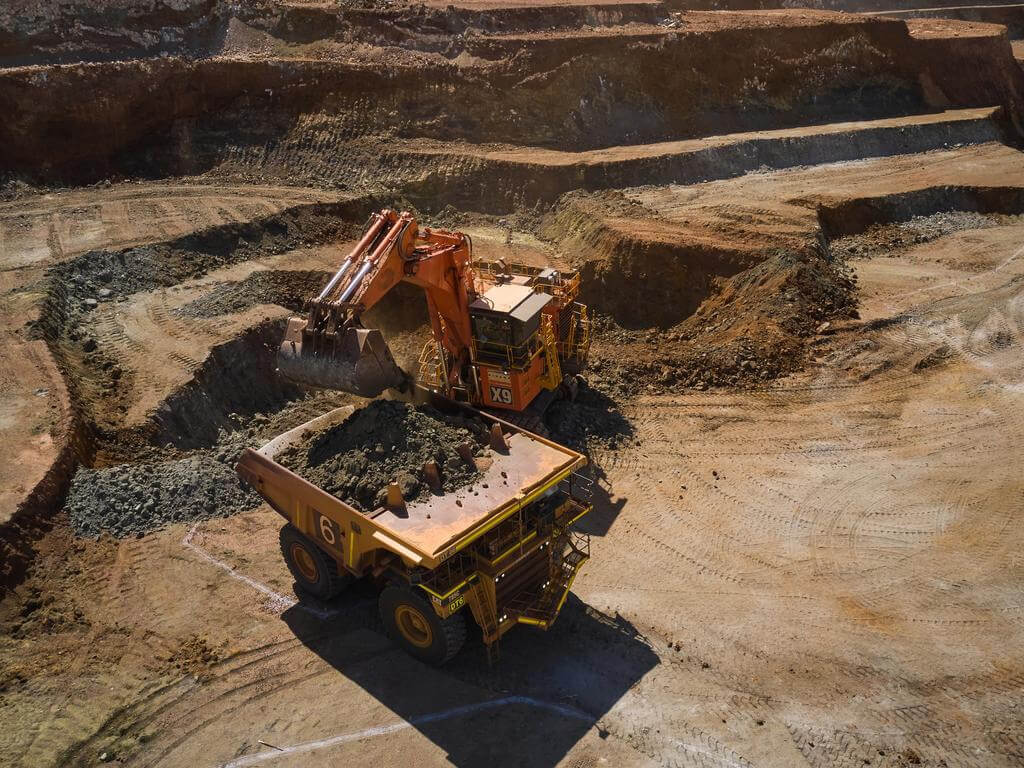

Article by Joe Kelly, courtesy of The Australian.
Australia has been losing $68bn a year in potential investment in major mining projects between 2013 and 2023, with analysis showing only 20 per cent of projects over the decade reached a final investment decision.
Amid political debate over Labor’s Made in Australia agenda, findings by the Minerals Council of Australia showed the value of “committed” projects – those that successfully completed all studies, received approvals, secured financing and started construction – had fallen from $255bn in 2013 to $75bn in 2023, with MCA chief executive Tania Constable saying the trend showed a growing number of projects were being relegated to the “too-hard basket”.
In 2017, the value of completed mining projects totalled $84bn; by 2023, this figure had declined to $21.3bn. The drop-off comes despite the number of mining projects in the pipeline lifting from 244 in 2017 to 450 in 2023.
The MCA said the expanding investment pipeline but declining value of completed projects revealed the true scale of missed opportunities for the nation, with Ms Constable saying a “significant chunk of possible mining investment” was not being realised because of government policy settings.
“Only 20 per cent of projects that debut on the (major project) list are progressed to completion,” she said. “This list of major projects can no longer be viewed as a pipeline of projects, but merely a list of possibilities. There are an enormous number of projects that drop off the list before they move to final investment decisions.
“Every year, we are seeing on average $68bn worth of potential investment fall by the wayside.
“That investment isn’t waiting for a rainy day. To Australia’s great detriment, it is heading overseas, where investment settings are conducive to growth, and where mining isn’t taken for granted.”
Resources Minister Madeleine King told The Australian “no government in recent memory has provided as much support to the resources sector as the Albanese government … In the past two months alone, this government has announced$840m in support for rare earths company Arafura in the Northern Territory and$400m for Alpha HPA in Gladstone.
“As the MCA should well know, resources projects depend on commodity prices. And prices for many key resource commodities are currently coming off record highs. This is how market economics works,” Ms King said.
The MCA analysis is based on an assessment of the Resources and Energy Major Projects annual reviews prepared by the Department of Industry, Science and Resources going back over the past decade and beyond.
One MCA findings was that there had been only a 5 per cent chance of a project moving from the feasibility stage to a final investment decision in any given year over the past 10 years.
Ms Constable said it already took “16 years for a mine to move from exploration to production” but there was a “genuine concern within the minerals sector that this long lag time will only increase because of the introduction of restrictive workplace policies, more red tape, and a more extensive and risky environmental approvals process.”
She said a combination of higher labour, energy and transport costs in addition to more red tape, regulation and emission-reduction standards was cruelling projects.“The problem facing the industry is not a shortage of potential projects but rather
the challenging investment environment that has been created by poor policy settings,” she said.
Ms King said the 2023 REMP showed there were 421 major projects in Australia under development as of October, up from 393 on the year before.
“It is worth noting that for the majority of the time covered by this MCA data, the Coalition was in power,” she said.
“I’m not surprised a decade of Coalition ripping staff away from regulatory approvals and laissez faire attitude to economic development has led to slower progress on resources projects.”
The MCA analysis revealed Australia’s mining capital stock – representing the total value of the sector’s machinery, equipment and buildings – had plateaued at close to one trillion dollars since 2017. By contrast, during the mining boom from between2005 and 2016, the sector’s capital stock lifted from $300bn to more than $950bn.
Ms Constable said growing the mining sector’s productive capital stock was central to achieving growth in incomes, wages and productivity.
She said Australia was one of the most expensive countries in which to do business across the world, and this needed to be addressed in order to unlock the “enormous opportunity to lead the world through the clean energy transition, fuelled by our critical minerals”.















